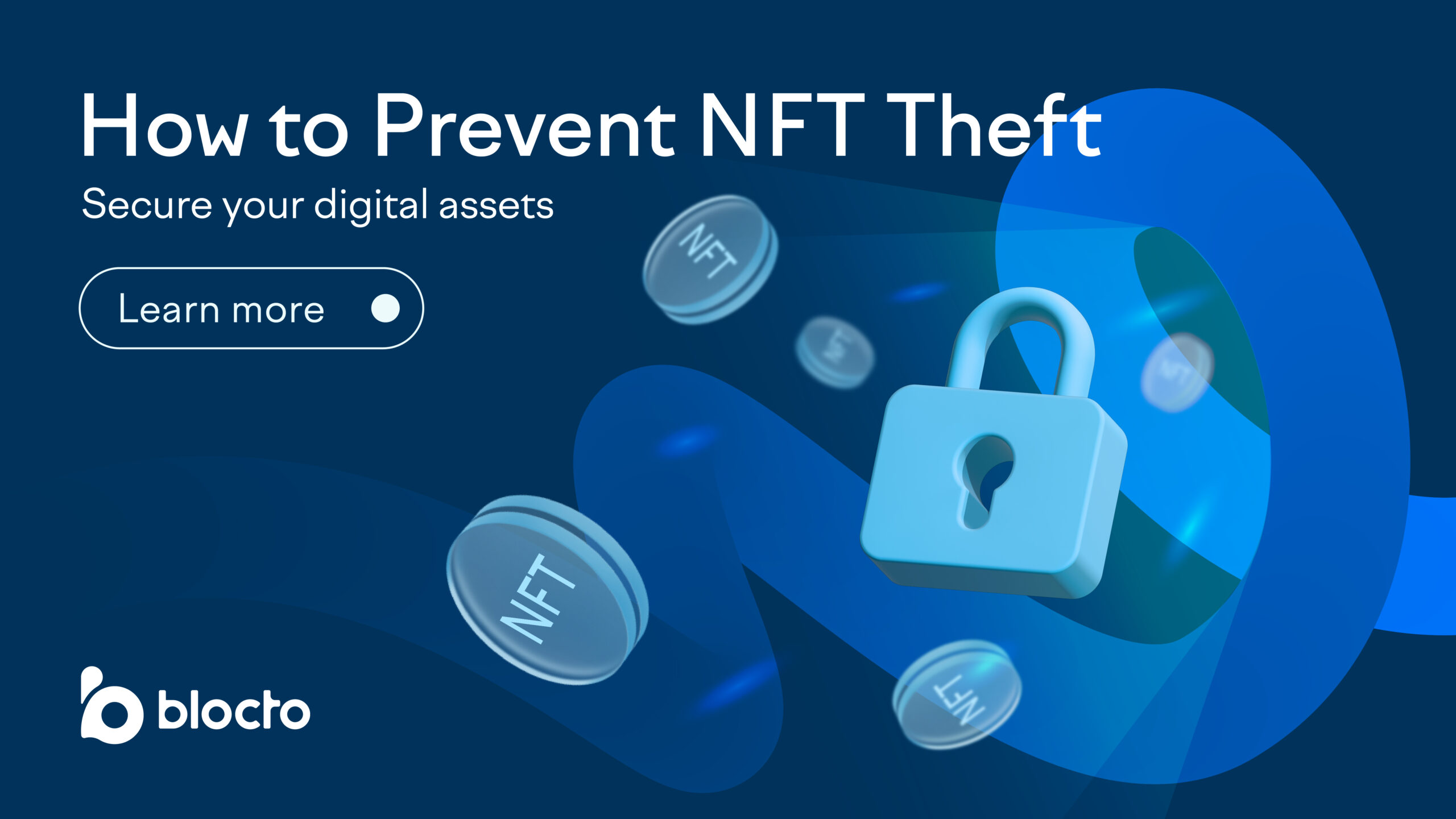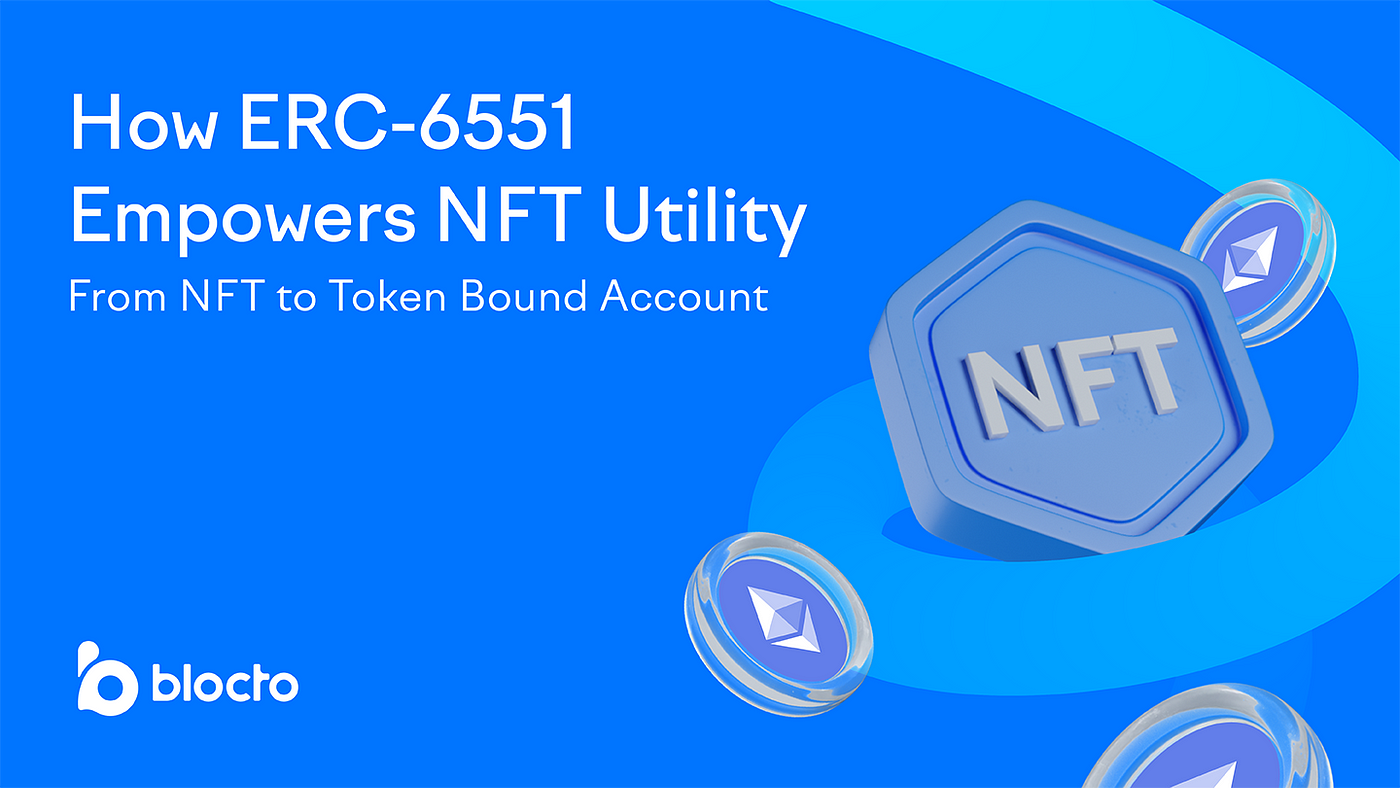
Although they have been around since 2014, non-fungible tokens (NFTs) only saw mainstream popularity starting in 2017. Since then, these one-of-a-kind tokenized assets stored on the blockchain have only received more attention with each passing day.
The first group of NFTs to gain mainstream popularity were trading cards, but NFTs can be just about anything. We have seen everything from digital art to drawings, music, videos, trading cards, and in-game items created as NFTs.
NFTs have gone from just a trend to becoming a core aspect of the future of blockchain and the metaverse. Each NFT possesses unique digital identifiers, rendering it impossible to be copied, substituted, or subdivided.
The ability to turn physical or even digital art into NFTs while retaining their value is one of the major contributing factors to their popularity. The value they hold thus makes NFT protection very important.
NFT Market Background
In 2017, when NFTs first gained mainstream popularity, weekly sales were around 100. That figure has gone up to over 50,000 in 2023. Last year, over 101 million NFTs were traded across marketplaces, signaling a massive adoption of the technology.
The global market size of NFTs reached $24.7 billion in 2022 and is expected to hit $214.57 billion by 2030. This only confirms that NFTs are a fast-emerging sector already on its way to the mainstream.
The growing popularity of NFTs has seen celebrities like Snoop Dogg, Paris Hilton, Lionel Messi, Eminem, Steve Aoki, Justin Bieber, Logan Paul, Neymar, Marshmello, and Madonna endorse and purchase digital art.
NFT Security
The spike in the popularity of NFTs has attracted not only digital artists and traders, but also bad actors looking to steal NFTs from their owners. This is why NFT security should be taken seriously.
So how safe are NFTs? Since they are tokens issued and exchanged on blockchains, NFTs receive an assurance of cryptographic security. NFTs are also stored in cryptocurrency wallets, making them as secure as the wallet they are stored in.
As you know, blockchains are not impenetrable, meaning that NFT owners are also vulnerable to the same security threats affecting them. What this means is that digital assets are not completely immune from theft, and you could encounter NFT theft if you don’t take the necessary security steps.
How Does NFT Theft Happen?
Given the level of security promised by blockchain technology, one would be surprised by the number of NFT thefts happening today. Some of the most common occurrences are the due to following:
Phishing Attacks
If you have used the internet, there’s a good chance you have come across phishing. It is the most common form of NFT theft and involves malicious emails, messages, or even calls. The senders of these messages claim to be the project, wallet provider, or NFT marketplace you use when they are not. They attempt to steal your information in different ways, such as offering free NFTs, an opportunity to win an exclusive one, or informing you that an action needs to be carried out on your account. They will provide a link alongside these claims, often clones of the original. When you click on these links, they’ll either ask you to enter your private keys or automatically download malware on your devices that retrieve the information for them. With this information, they can easily steal your NFTs.
Fake Marketplaces
NFT marketplaces are the easiest avenues on which to purchase an NFT. NFT thieves can often take advantage of this, creating fake copies of these websites or apps. When unknowing users use these fake marketplaces, their NFTs are stolen.
Misplaced Private Keys
This isn’t as common as the other two, but when a private key or login information is misplaced or ends up in the hand of a hacker, they can steal your NFT.
Platform Hacks
Most NFT marketplaces are secure enough to prevent hacks, but it doesn’t stop malicious actors from trying to gain access to these platforms to steal NFTs.
Others
While this doesn’t directly lead to NFT theft, you can lose your NFTs or their value through rug pulls, pump-and-dump NFT schemes, and plagiarized NFTs.
How to Protect Yourself from NFT Theft
While there are many avenues for NFT theft, you can take measures to protect your NFTs as well. You can avoid phishing by not clicking on suspicious or untrustworthy links. Whenever you download an app, make sure it is from verified sources and confirm its authenticity.
Ensure your private keys and seed phrases are adequately protected. You can store your NFTs on cold or offline wallets if you want added security. If you want to use hot wallets, make sure to enable two-factor authentication to ensure that someone with your password can’t access your account without your permission.
Lastly, ensure the NFTs you’re buying are legitimate by researching the seller. You can check their accounts across NFT marketplaces and social media platforms to confirm that they are verified. While this is not a 100% fail-proof system, it drastically reduces your chances of falling victim to an NFT scam.
From those listed above, you’ll find that many cases of NFT theft are unfortunately a result of user error. Following these NFT security tips and precautionary measures can help you avoid NFT theft.

